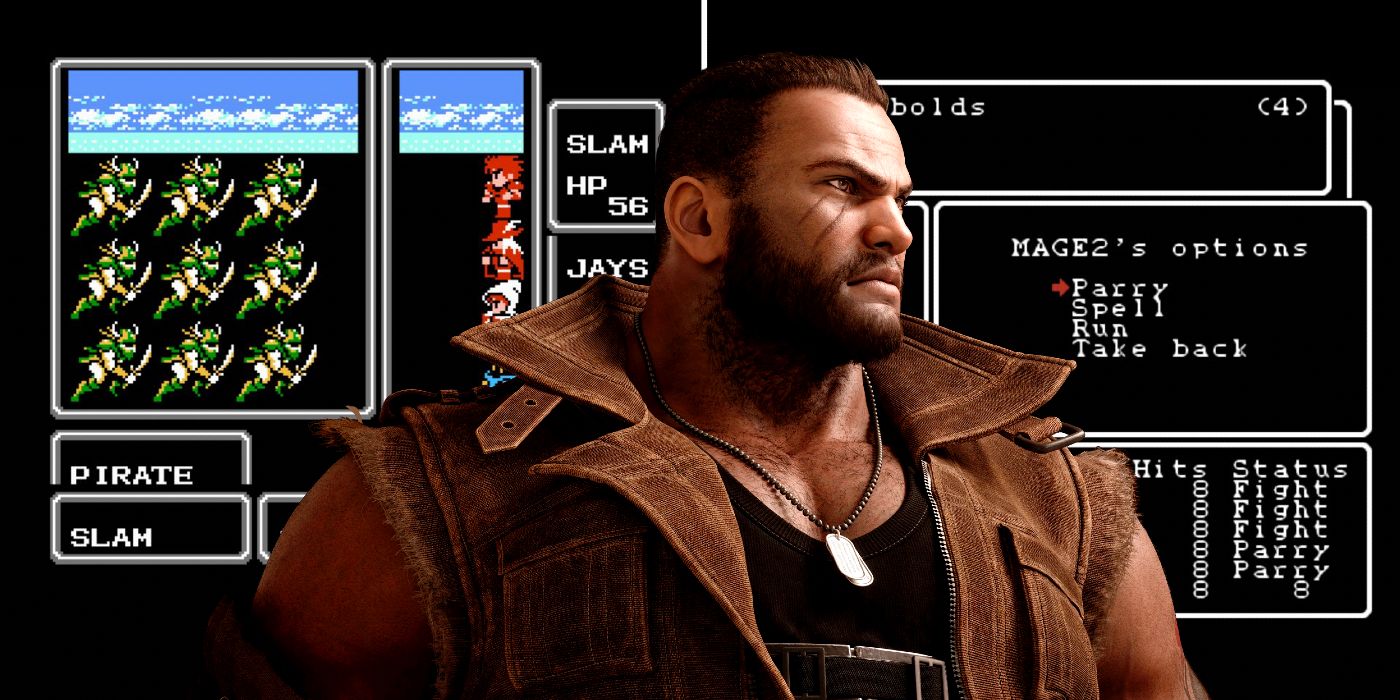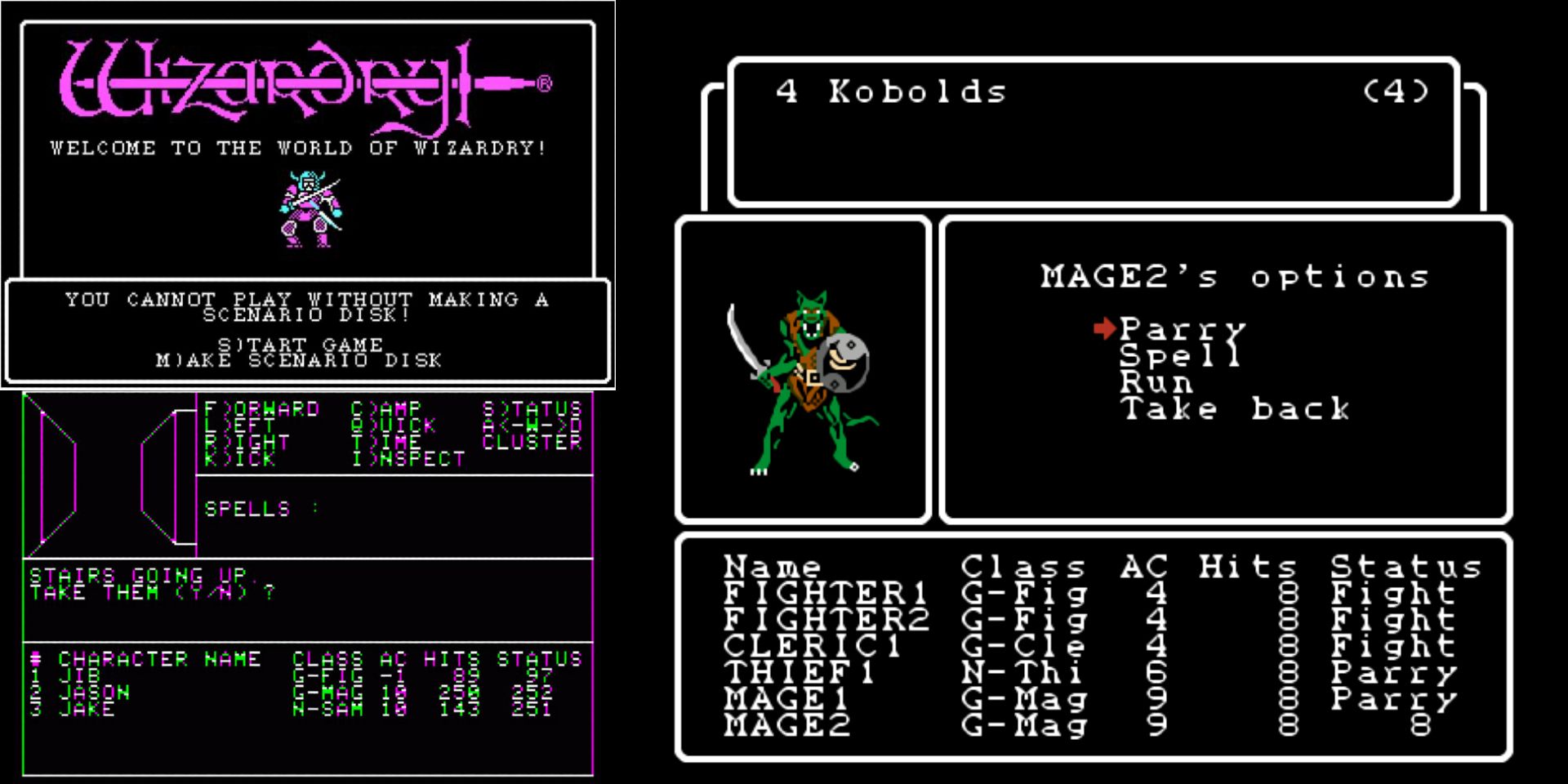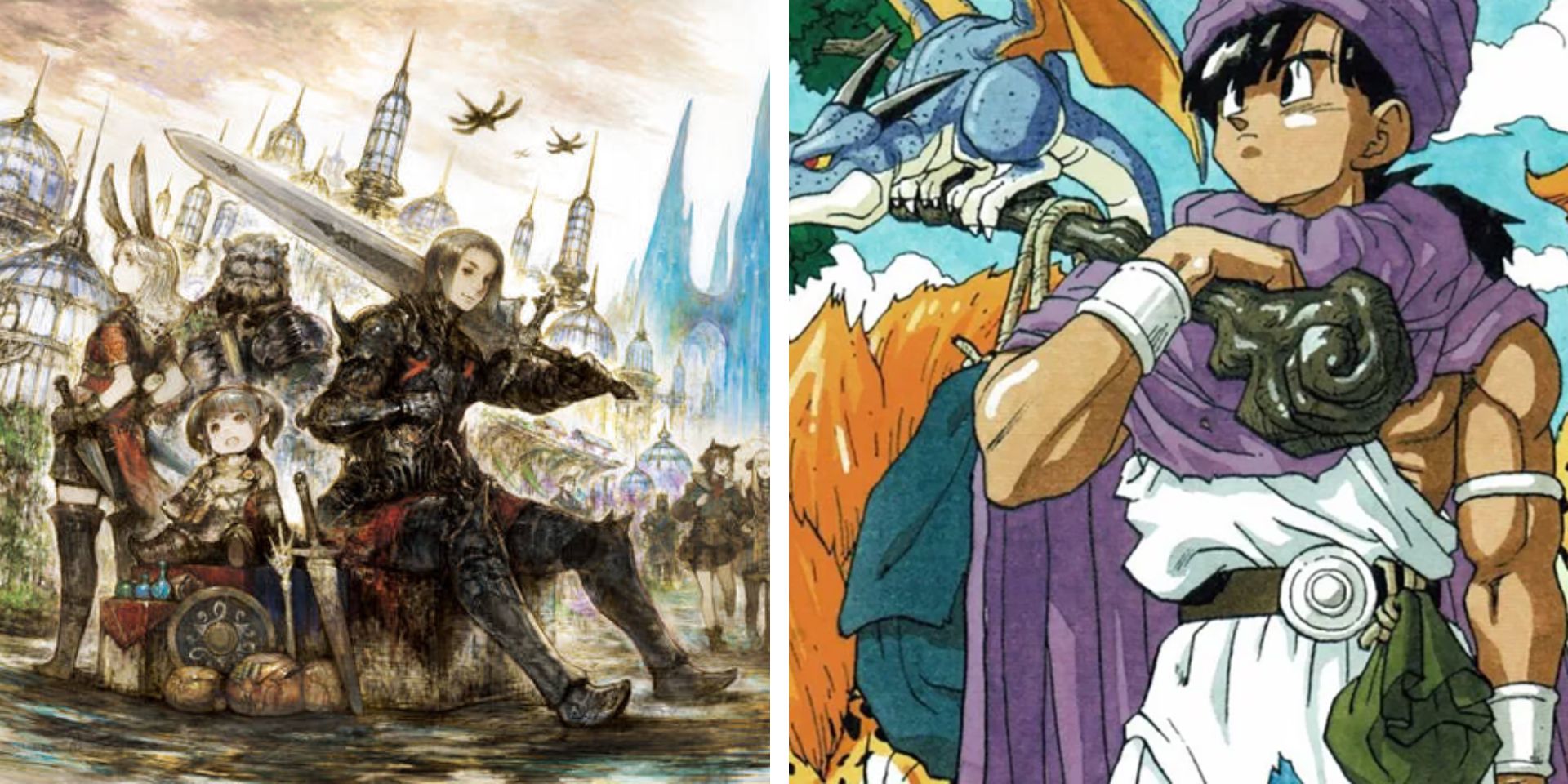Roleplaying video games are not infrequently divided into two categories - RPGs made by western developers and JRPGs inspired by famous Japanese franchises, Final Fantasy being one of the most notable. The lines between JRPGs and “WRPGs” are far more blurred than they seem at first glance, though; many gameplay mechanics seen as core to classic JRPGs like Final Fantasy and Dragon Quest originated in an obscure western computer RPG franchise called Wizardry. Furthermore, many of the unique innovations Japanese developers added to the dungeon-crawling gameplay of Wizardry then went on to greatly influence modern Western RPGs on both console and PC.
In traditional discourse about Western RPGs vs. Eastern RPGs, Western RPGs like The Elder Scrolls or Baldur’s Gate series are said to have the following qualities: a blank-slate protagonist or team of heroes that players can customize, an open-world environment with lots of side-quests, and real-time or real-time-with-pause combat systems. RPGs like Final Fantasy or Dragon Quest, in contrast, are often seen as having more linear, focused stories centered around pre-written characters, limited character customization, and a turn-based combat system.
These days, the divide between Western RPG and JRPG design is increasingly slim. There are no shortage of Japan-made RPGs like Elden Ring that embrace character customization, open-world exploration, and real-time combat, while Western video games such as The Banner Saga have turn-based gameplay and visual styles heavily inspired by tactical JRPGs like the Fire Emblem franchise. Rather than fixating on how "Western" or "Eastern" RPGs are to the point of pedantry, it's far more interesting to examine the exchange of ideas and blueprints between RPG designers across the globe - a cross-fertilization of innovation that began with a certain dungeon-crawling game on the Apple II home computer.
Wizardry's Gameplay Overcame 1980s Hardware Limitations
In his series on the history of RPG video games, USGamer contributor Jeremy Parish shares many interesting quotes from designer Robert Woodhead about how the first game in the Wizardry series, Wizardry: Proving Grounds of the Mad Overlord, took shape. According to Woodhead, the first Wizardry game was heavily inspired by Richard Garriott's first Ultima game along with D&D-clone dungeon games like dnd that were made and played on the PLATO university computer network (a system that had prototypes of modern conveniences such as touch-screens, email inboxes, and chat rooms). According USGamer's history of fantasy RPGs article, the Apple II home computer Woodhead and Andrew Greenberg were developing for had less processing power than PLATO, limited memories on its floppy disks, and no multiplayer connectivity.
To circumvent these technical limitations, Woodhead and Greenberg boiled the concept of the fantasy roleplaying game down to its barest essentials - a single fantasy village where players could purchase essentials and save progress, a labyrinthine, multi-layered dungeon full of randomly-encountered monsters and treasure, and a menu-based interface players used to command the actions of an adventuring party. This basic model of dungeon-crawling adventure lingers to this day in more old-school western RPGs like Diablo and Darkest Dungeon and also forms the foundation for some of the most influential RPGs made in Japan.
Wizardry Inspired Dragon Quest, Final Fantasy, & More
The focus and economy of Wizardry's first-person graphics and dungeon-crawling gameplay made it an RPG that could be easily upgraded, reworked, and ported to different computing platforms and consoles. After being ported to the Japanese NEC PC-8801 home computer and the Nintendo Entertainment System with enhanced graphics, Wizardry 1 became popular among certain Japanese gamers and inspired stylistically similar homegrown dungeon-crawling games such as The Black Onyx and Dragon Slayer. The turning point came when game designer Yuji Horii, intrigued by the turn-based dungeon-delving of Wizardry and the overworld map exploration of Ultima, was inspired to create a game with simplified controls, gameplay with a gentler learning curve, and colorful visuals derived from the concept art of Akira Toriyama (creator of the Dragon Ball manga series). The result was the first Dragon Quest, an RPG that went on to transform both the console gaming industry and the RPG scene in Japan.
By modern standards, both the original Wizardry and the original Dragon Quest can come across clunky and primitive, lacking many of the quality-of-life features modern RPG players take for granted. Still, the success of these titles in Japan's gaming market proved that RPGs with flesh-out stories and accessible gameplay could be successfully published on video game consoles and computing platforms with limited memory and minimal control schemes. From Dragon Quest, its many sequels, and thematically similar games like The Legend of Zelda, there arose many new Japanese video game franchises with similar turn-based combat modes and a colorful fantasy aesthetic. The first Final Fantasy game spawned one of Japan's most well-known JRPG franchises and popularized common JRPG tropes such as airships for fast travel and magical crystals as a plot device. Console games like Shin Megami Tensei and Pokémon popularized a monster-catching variant of RPG where a player recruits and upgrades a stable of monsters with elemental affinities. Around the same time, the first of the Fire Emblem strategy games fused RPG gameplay with turn-based tactical scenarios, putting players in control of a medieval army of personalized characters who leveled up over the course of a military campaign.
As the processing power and graphical fidelity of consoles and computers increased, more and more RPGs have moved away from the turn-based combat and menu interfaces of the first Wizardry and Dragon Quest. Even the Final Fantasy franchise, long-associated with turn-based combat, switched over to (mostly) real-time combat in Final Fantasy XV and Final Fantasy VII Remake. At the same time, though, the gameplay and game design pioneered by Wizardry lingers in modern RPGs such as Octopath Traveler, Etrian Odyssey, Wizardry: Labyrinth of Lost Souls, and the most recent Dragon Quest and Fire Emblem installments, cherished by nostalgic gamers and new gamers who appreciate the ability to pause, think, and make tactical decisions.
Source: USGamer



